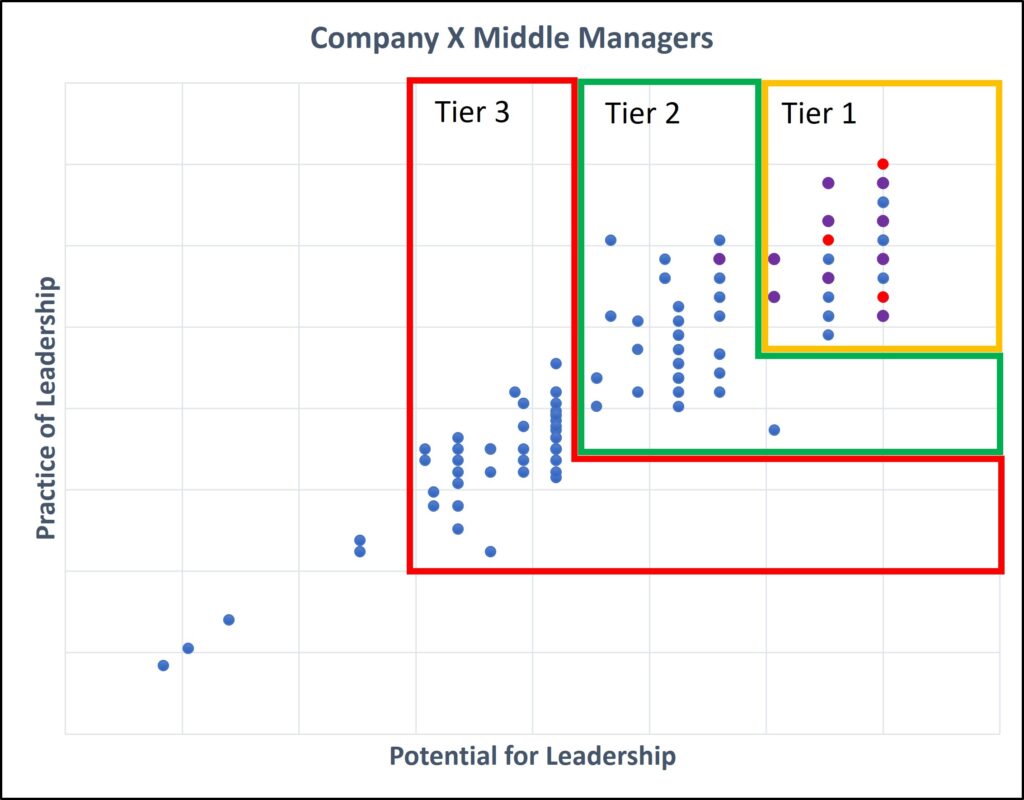Utilizing an Evidence-Based DEI Strategy
Category : Leadership
The most frequent arguments against DEI initiatives are focused around competence and merit. On competence, they argue that a less competent person is receiving an opportunity because they are from a historically disenfranchised group. In actuality, less competent people have been receiving opportunities because they were from the majority population and/or had a relationship that provided them an unfair advantage for decades.
On merit, they argue that opportunities are given to people solely for DEI purposes and not based on merit. Again, this argument falls short because people who didn’t ‘earn’ their opportunity have been receiving them for years. The evidence of that is all around us. There are many people currently, and in the past, who have or are in leadership positions, that shouldn’t be there.
To counteract these arguments, organizations should incorporate an evidence-based component to their DEI strategy. An evidence-based DEI strategy enables an organization to:
- document the competency of candidates being promoted
- verify that people are receiving opportunities they deserve (merit)
Additional outcomes from an evidence-based DEI strategy are that it broadens the applicant pool of potential candidates, thus providing more opportunities for all. It can also help improve the pipeline of candidates as the next leader for a particular position would be clearly identified, thus insuring that the right leader is provided the right opportunity at the right time.
For instance, in a typical situation, candidates for an open opportunity are chosen from a pool of people who proactively applied for the position or were recommended by their current supervisor. In many cases, this candidate pool can be ‘tainted’ by bias from the manager’s application selection process or the referring supervisor’s relationship bias with a recommended candidate. Consequently, the best qualified candidate may not be chosen or even given the opportunity to interview.

Using an evidence-based strategy, candidates are chosen from a pool of documented top leaders (see chart). The hiring manager would work with their human resource partner to eliminate those who have recently accepted a new position and therefore shouldn’t be moved and those whose profile may not match what the position requires (red dots). Good candidates should easily be available from the top couple of leadership tiers as depicted by the purple dots in the chart.
An added advantage of utilizing this strategy is that it helps identify candidates with the right competencies for the opportunity. The tool utilized to implement this strategy, measures leadership behaviors along nine dimensions. For instance, if the opportunity requires someone to work with a difficult team, they may need someone who possesses a profile with more empathy. If the opportunity is for a new or business extension, it might require someone with a profile that indicates they have a firm grasp of risk-taking. Each dimension represents a specific competency that can be supported.

Adding evidence to your DEI strategy will help get everyone on board with the initiative. It’s like a 4-person rowing team, everyone must row in the same direction for the team to succeed.

Quiet the naysayers (at least most of them) with undeniable proof that your DEI program promotes competent people who deserve the opportunity while broadening your application pool and solidifying your leadership pipeline. It will not only generate more support for your DEI initiative throughout the organization, but it will aid in the acceptance of the leader by their peers and staff.
Read more about how we help organizations manage their leadership resources and support DEI initiatives at LeadershipRMS.com.
